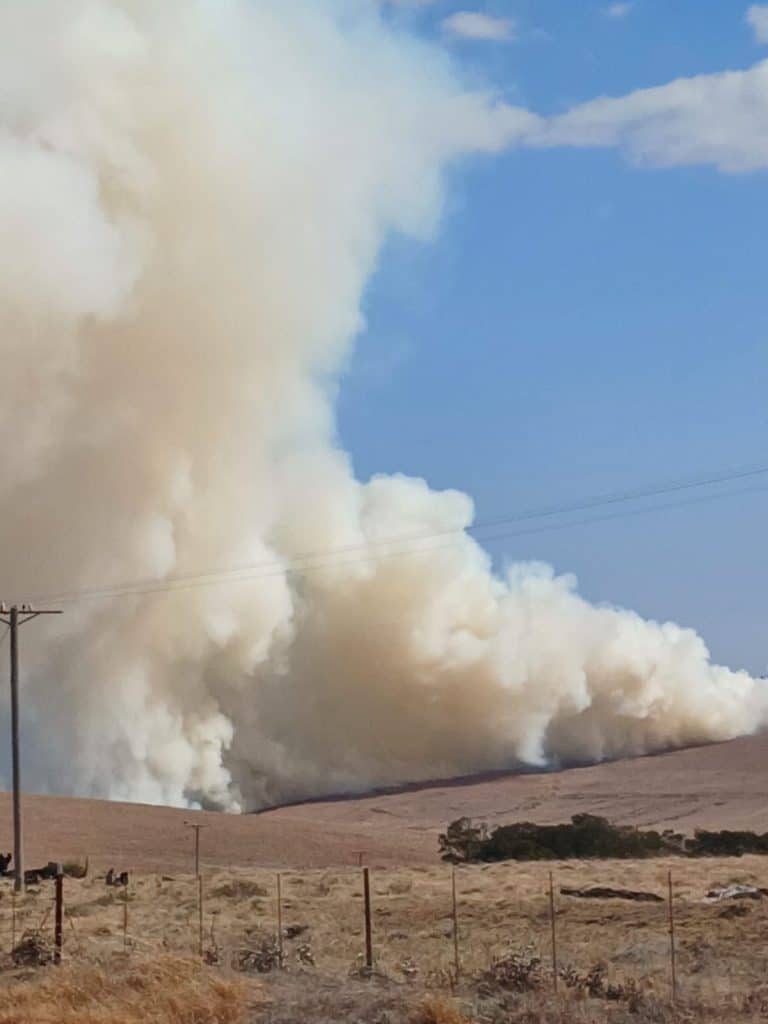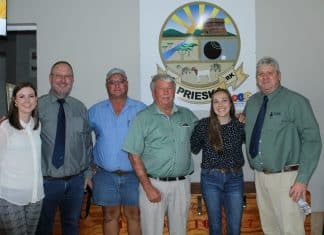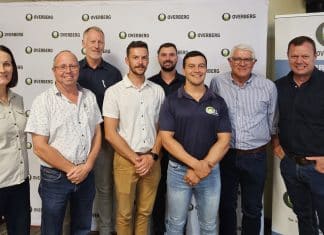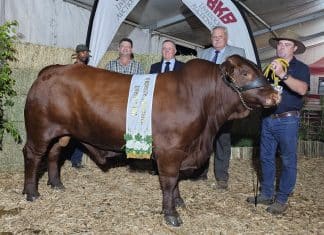Estimated reading time: 7 minutes
Earlier this year, numerous deadly runaway veld fires occurred in KwaZulu-Natal, Gauteng, and North West. Recently, similar fires also ravaged the Cathcart district in the Eastern Cape. These incidents raised the question of who should be held accountable for the destruction of farmland caused by fires that originate from arson near public roadsides, municipal grounds, and communal areas.
From 18 August to 1 September, five separate veld-fire incidents wreaked havoc in various parts of the Amathole District Municipality, mainly between Cathcart and Hogsback. Three of these fires were particularly large and caused significant destruction, while two smaller fires were started through arson along a tar road. In total, 14 327ha of essential livestock grazing land was burned amid extremely windy and dry conditions.
The three major fires occurred as follows:
- Kolomani fire (18 to 27 August): This fire started in the Kolomani communal area within the Raymond Mhlaba District Municipality and spread to commercially owned properties near Hogsback village.
- Dam fire (28 to 29 August): This fire started at a picnic area on the R67 next to the Waterdown Dam. An arson case was opened with the South African Police Service (SAPS).
- Tower fire (1 September): This fire started on the tar road between the Cathcart and Fort Beaufort T-junction. An arson case was opened with the SAPS. One producer lost 843 sheep in this fire.

Farmers take control
During all three fires, the farming community of Cathcart took full control of the situation. Producers mobilised with the assistance of neighbouring associations to relocate thousands of livestock, minimising losses. Agri Eastern Cape provided emergency transport and sourced fodder donated by other producers in the area. Producers’ associations have since offered support through feed and grazing for the animals. Local businesses also contributed materials for fencing and other necessities.

According to Duncan Currie, a local producer and board member of Agri Eastern Cape, the local communities were amazing throughout the crisis, ensuring that all the producers and farm workers fighting the fires had food and drinks. “There were approximately 75 producers and 375 farm workers on the ground,” he says. “At one stage, we had been fighting fires for 12 continuous days. It was only when the Kolomani fire started threatening the Amathole Forestry Company (AFC), and the Hogsback village that outside help arrived, mainly from the AFC. We received no assistance from any governmental departments.”
On 13 September, the Eastern Cape Department of Rural Development and Agrarian Reform (DRDAR) released a statement from Member of the Executive Council (MEC), Nonceba Kontsiwe, expressing concern regarding the various uncontrolled veld fires in the province and its effects on the agricultural sector. “During various efforts to stop the spread of these fires, the support provided to firefighting teams, donation of animals and animal feed to producers whose animals died because of these fires, the coming together of communities to defend themselves against this enormous blaze, warmed the cockles of my heart,” she said. “We urge residents to safeguard their areas by setting up fire protection associations that must work with municipalities to protect their communities from fire problems,” MEC Kontsiwe said.
“Addressing this problem requires collective effort and responsibility to protect the environment and the livelihood of those affected. Communities must ensure that perpetrators of veld fires are accountable and reported to authorities to face the full might of the law. We need producers and communities to work together with the government, and other social partners to stop these fires. This must be a producer and community-led intervention. We encourage communal and smallholder producers to formalise their businesses and take out insurance policies for their agricultural assets so that they are covered against such occurrences.”

Importance of fire breaks
Fire breaks should be an important part of South Africa’s comprehensive district municipalities’ fire management strategies. A notable example is the Garden Route District Municipality, where fire breaks were recently constructed to protect the area from wildfires.
The Eastern Cape Umbrella Fire Protection Association (ECUFPA) highlights that the Eastern Cape is naturally prone to fires. However, budget and capacity constraints have severely curtailed the effective management of these areas. An integrated approach to fire management is essential in these regions. With the support of strategic partners such as the South African National Government, the Department of Agriculture, provincial disaster management centres and the Working on Fire programme, ECUFPA can positively improve wildfire control across the province and assist local councils with fires in their municipal areas. The key to addressing these challenges lies in integrated fire management.
An integrated approach
Integrated (veld) fire management involves a series of actions, including fire awareness activities, prevention, prescribed burning, resource sharing and coordination, fire detection, suppression, damage rehabilitation and research at local, provincial and national levels. This approach aims to create a sustainable and well-balanced environment, reduce unwanted wildfire damage, and promote the beneficial use of fire.
The National Disaster Management Centre (NDMC) is the legislative authority in terms of enforcement of natural and unnatural fires and is directly involved in a number of actions:
- Awareness: Municipalities (and other state organs, as mandated by the Disaster Management Act, 2002 (Act 57 of 2002), play a crucial role in raising fire risk awareness within their communities. They are required to publish fire prevention and mitigation strategies on their websites and in local media. The NDMC and provincial authorities support these efforts by ensuring the information provided to municipalities aligns with national and international best practices and standards.
- Prevention: The NDMC collaborates with relevant stakeholders to promote preparedness for effective firefighting. This includes advocating for the role of further education and training colleges in providing fire services training and exploring mechanisms for specialist training within the sector.
- Mitigation: The NDMC has developed a uniform fire risk assessment framework based on the South African National Standards (SANS) 10090:2003 and other internationally accepted standards. This framework promotes the standardisation of norms and standards through model bylaws by assessing municipalities through fire safety and prevention capacity assessments. In addition, fire services support community initiatives aimed at reducing fire risk within their jurisdictions.
- Management: Despite challenges in enforcement, the NDMC encourages municipal fire services to train more fire officers as peace officers to enforce compliance with municipal bylaws and the Fire Protection Association of South Africa’s requirements.
- Inspections: Each fire service is empowered to conduct fire risk assessments to identify hazards and risks within their jurisdiction. They are also responsible for conducting inspections to ensure compliance with safety standards set out in bylaws. Fire services must categorise occupancies into high, moderate and low risks based on life and property risks and assign a minimum inspection frequency accordingly.
For more information or donations, contact Claerwen Bowker, secretary, on 082 659 8635, or James Miller, chairperson, Upper Cathcart Farmers Association on 082 517 4887. ECUFPA can be contacted on 043 683 2659 or admin@ecufpa.co.za. – Carin Venter, Plaas Media






